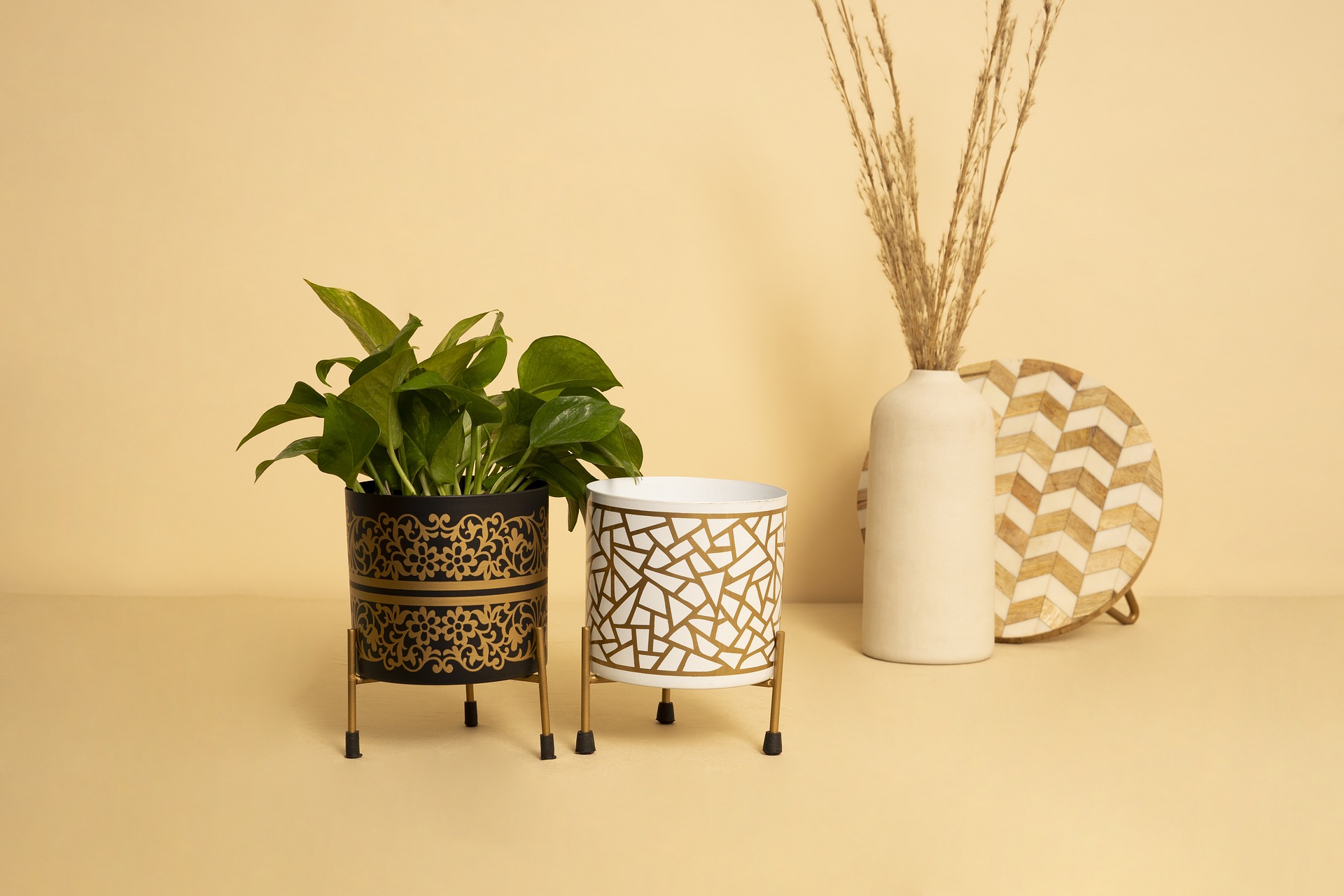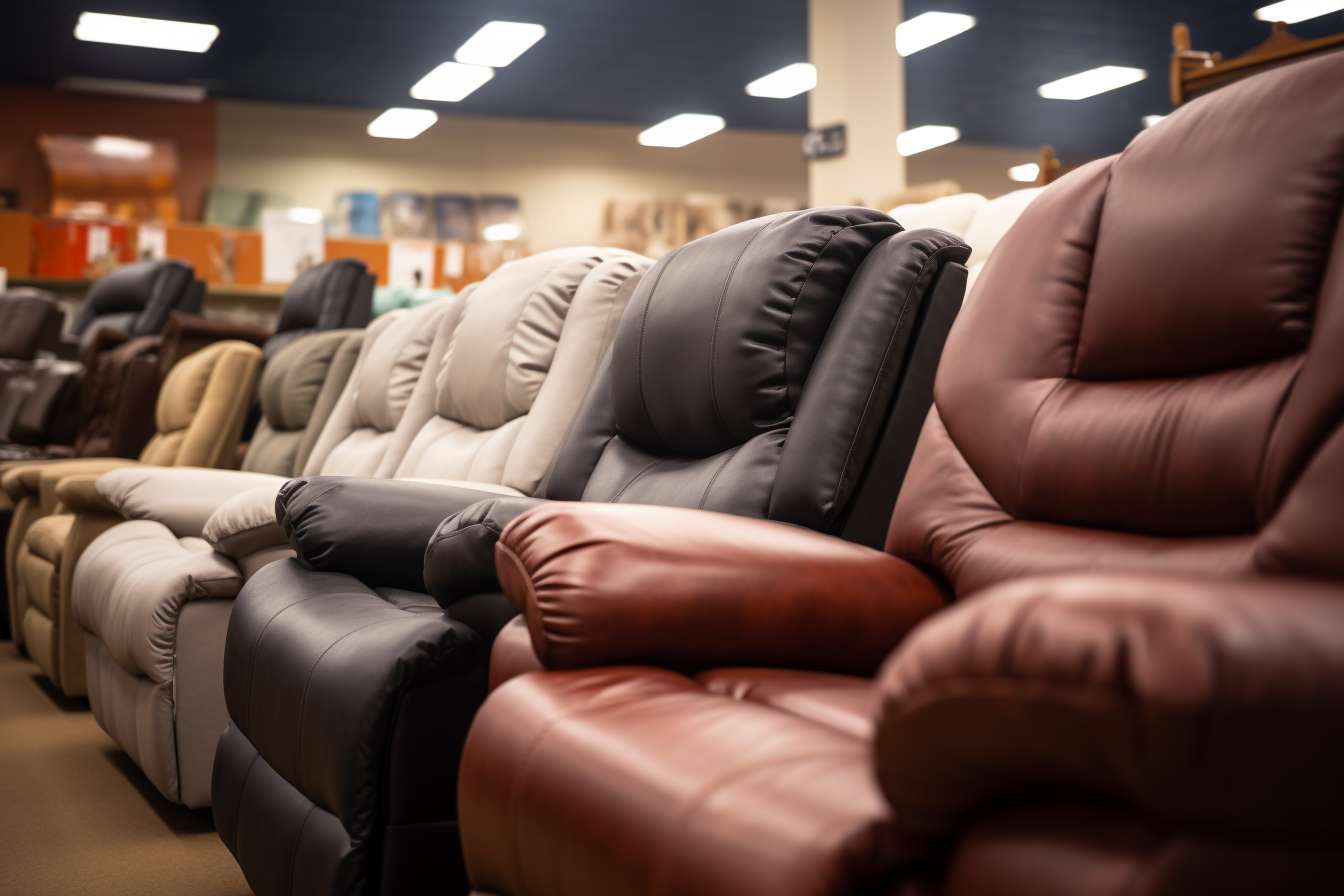Unraveling the New Age of Transitional Interior Design
The world of interior design is constantly evolving. From the bold statement pieces of the 70s to the minimalist aesthetics of the 90s, each era brings with it unique trends and styles. Today, we're witnessing the rise of a new trend that's reshaping the traditional norms of interior design: Transitional Interior Design. This style is a harmonious blend of traditional and contemporary design elements, creating a timeless look that's both sophisticated and comfortable.

A Glimpse into the Past
Transitional Interior Design isn’t born out of the blue. Instead, it’s an evolutionary outcome of the continuous transformation in the world of interior design. The traditional design style, characterized by its rich color palettes, intricate patterns, and heavy furniture, dominated the interior design space until the late 20th century. However, with the advent of the 21st century, a shift towards a more minimalist, contemporary style began to surface. This style emphasized clean lines, neutral color schemes, and a clutter-free environment. As people started experimenting and blending these two contrasting styles, the concept of Transitional Interior Design was born.
The Current Landscape
Transitional Interior Design is currently taking the interior design world by storm. The beauty of this style lies in its flexibility and the freedom it gives to experiment. It allows homeowners to incorporate the best of both traditional and contemporary designs, creating a look that’s both familiar and fresh. It’s not just about striking a balance between old and new; it’s about creating a seamless flow that respects the past while embracing the future.
Practicality and Market Trends
Transitional Interior Design is gaining popularity for its practicality. It provides homeowners with the flexibility to update their homes without completely overhauling their existing furniture or decor. This style is also a hit among millennials, who appreciate the blend of modern simplicity with classic elegance. Market trends indicate a growing preference for this design style, especially among those seeking a comfortable and inviting living space that reflects their personal style.
Impact on Daily Living
Besides its aesthetic appeal, Transitional Interior Design enhances daily living by creating a comfortable and inviting environment. It combines the warmth and comfort of traditional design with the clean, streamlined look of contemporary design. This balance creates a harmonious living space that’s both functional and stylish.
From a practical standpoint, this design style can make small spaces appear larger due to its emphasis on light and clean lines. At the same time, it adds character and warmth to large, open spaces, ensuring they don’t feel stark or impersonal.
In conclusion, Transitional Interior Design is more than just a trend—it’s a reflection of the evolving tastes and lifestyles of today’s homeowners. By blending the old with the new, this style offers a fresh, innovative approach to interior design that’s practical, stylish, and timeless. As we move forward, it’ll be interesting to see how this style continues to shape the future of interior design.




